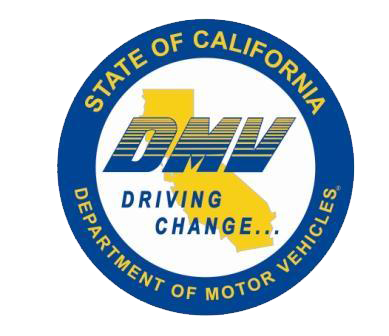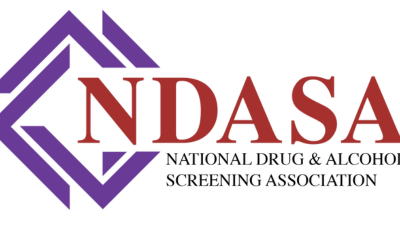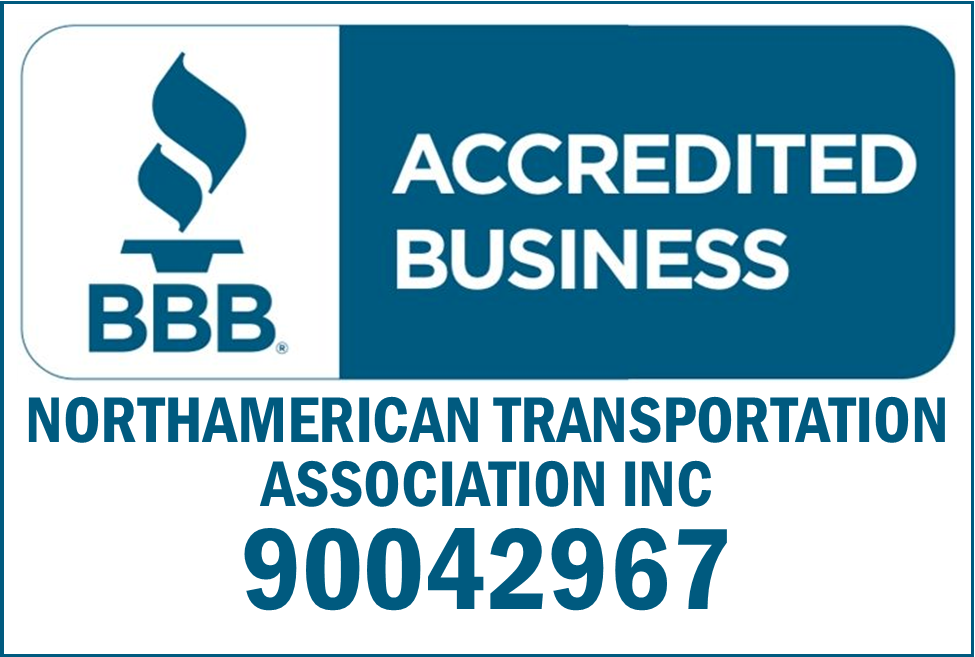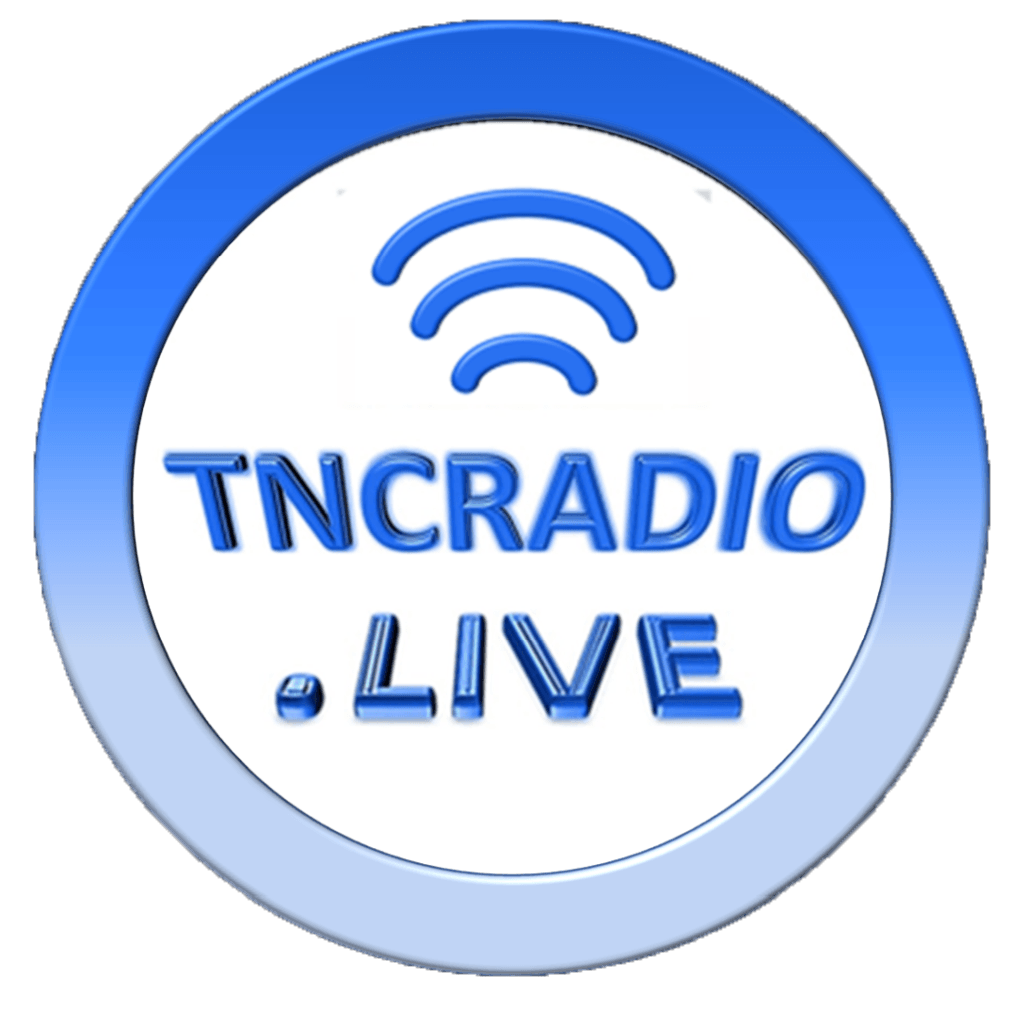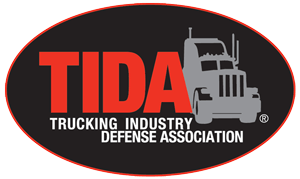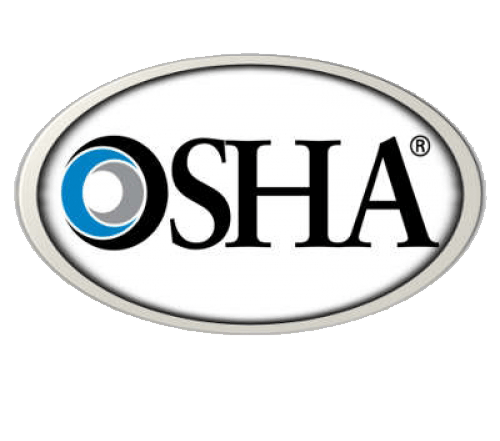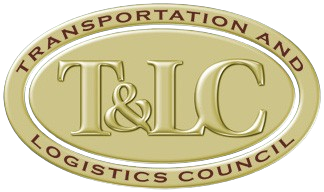What is the difference between a full and limited query?
A limited query allows an employer to determine if an individual driver’s Clearinghouse record has any information about resolved or unresolved drug and alcohol program violations, but does not release any specific violation information contained in the driver’s Clearinghouse record. Limited queries require only a general driver consent, which is obtained outside the Clearinghouse; this general consent is not required on an annual basis, it may be effective for more than one year. However, the limited consent request must specify the timeframe the driver is providing consent for.
A full query allows the employer to see detailed information about any drug and alcohol program violations in a driver’s Clearinghouse record. An employer must obtain the driver’s electronic consent in the Clearinghouse prior to the release of detailed violation information during the full query.
Employers may conduct a limited query, which requires consent outside of the Clearinghouse. If the limited query returns that records were found in the Clearinghouse for the queried driver, the employer must receive electronic consent for a full query from the driver in the Clearinghouse before detailed information may be released to the querying employer. The employer may also conduct a full query at any time, provided the employer has obtained the required electronic consent for the release of detailed violation information for the queried driver.
Content Disclaimer: Due to the constantly changing nature of government regulations, it is impossible to guarantee the total and absolute accuracy of the material contained herein or presented. NorthAmerican Transportation Association (NTA) cannot and does not assume any responsibility for omissions, errors, misprinting or ambiguity contained. NTA shall not be held liable in any degree for any loss, damage or injury caused by any such omission, error, misprinting or ambiguity present. It is made available with the understanding that NTA is not engaged in rendering legal, accounting or other professional service. If legal advice or other expert service is required, the services of such a professional should be sought.



